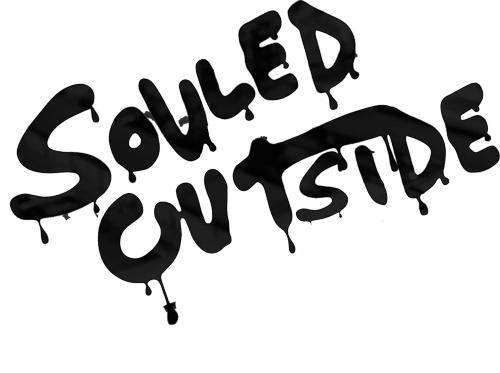I gasped as the car skirted the edge of Loch Ness. Leni looked over and cracked a joke, “Did you see the monster?”
I wasn’t sure.
For a second, I’d seen something through the trees. I know what it was: a rolling, black shape in the water. Long. Maybe twenty feet by my judgement, recalling a kayaker I’d seen on the water a few hours before. It was slender, dark, and looked like photos I’ve seen of a whale’s hump.
But I only saw it for a second.
I didn’t respond to Leni’s question for several minutes. When I did, I was sure I’d seen a wave. After replaying the memory a dozen times, that was the logical conclusion. That was what I know I should have seen. And yet, there were no other waves around. For miles, the only disturbance I saw on the water was a lone tour boat, and it’s wake did look a lot like what I had seen maybe 15 miles away.
I’ve spent the better part of 24-hours with an eye towards the Loch, making mental notes about the way the highland winds play on its waves. For the most part, Loch Ness ripples in the constant wind sweeping over the mountains that surround it on all sides. The water looks at times as silver as a disco ball; but from other angles throughout the day, the lake is cobalt blue or obsidian black. And always, the wind plays tricks with its waves.
Most commonly, these tricks appear as thing sheets whipping across its surface in opposite directions. Fishermen and tour boats occasionally skirt from side to side. Only once did I see anything resembling a wake that didn’t have an obvious source. But in a flash, that object was gone.

When we got here, fresh off of a flight from Ireland and a few late night drinks in Glasgow, I was immediately a skeptic of the monster. I’d grown up hearing stories of the creature. As a kid, some of my earliest memories came from a skeletal model of a plesiosaurus casual built by an uncle and conveniently stored in a guest room at my grandmother’s house. The model gave me nightmares, especially after that uncle told me the detailed mystery of the Loch Ness Monster.
As an adult, those nightmares had faded. The most well-documented photos of Nessie have been debunked in modern times. And what was left of my nightmares was obliterated by Nessie-themed gift shops and stuffed animals lining the loch’s shore.
I’ve seen a plesiosaur fossil embedded in the canyon walls of Utah’s Lake Powell, and its location, frozen millions of years down into the geological layers, makes it hard to imagine one living today.
But after spending the night on Loch Ness, I’m having second thoughts. Is the Loch Ness monster real? If you’ve already answered no, I think it’s a question worth a second glance.

Case: Nessie is not the only lake monster reported in Scotland. She is, in fact, one of several. Unexplained creatures of similar description have been reported at Loch Lomond and Loch Morar, both of which are disconnected waterways located hundreds of kilometers from Loch Ness.
Case: Over 1,000 sightings of the Loch Ness Monster have been reported, though not always by the name. Dating back to the 16th century, people living in the region have known about a mysterious creature living in the lake. Until the 1930’s, local families avoided talking about the monster in fear of breaking a tentative truce they held with it.
Case: The coelacanth, a saltwater fish which disappeared from the fossil record for 65-million years before being found off the coast of Africa in 1938.
Case: Lake monsters have been reported all over the world. Keeping in mind that humans often use the term “monster” to describe any creature they don’t know, it’s plausible that several undocumented species really are lurking under the depths of its most remote areas.
As the Souled Out expedition rolled on around noon today, we put Loch Ness in the rearview. Far from solving a mystery, I’m leaving the lake with more questions than answers. I imagine that experience is common among nearly all who visit this legendary lake.

The reality of Loch Ness is this: it’s a mysterious lake surrounded by ecological diversity in one of the world’s most isolated places. But it’s also a lake of two realities. On one shore, a single lane road slowly creeps through forest canopies, past abandoned World War II-era industrial works and a smattering of villages, graveyards and inns. Its other shore is home to a comparatively speedy modern highway, built in the 1930’s, and littered with tourist traps and tour buses that are drawing off of the legend made famous by a local inn keeper when the highway was built.
That is now. When you’re visiting Loch Ness, it’s important to remember what was.
Modern travelers bring campers, cameras, and cocktail dresses to the lake. They joke about sea monsters and hope to get a glimpse of rogue wave to claim a reward. But Loch Ness is far older than anyone traveling here. It’s older than the tourists. It’s older than the Scots. And it’s older than the Picts who built ancient fortresses on the surrounding mountains before the written history of men.

The Picts were obsessed with nature. They named virtually every rock, hill, and valley in the Loch Ness area, and they may have even left a clue. Recently, ancient drawings of a creature that appeared to have flippers were found carved into stone. They were estimated to be 15,000 years old.
I don’t know if the Loch Ness Monster is real. But I’ll no longer dismiss its existence as impossible. Final thoughts? I’ll leave you with a quote from a book at our lakeside inn.
“There is much, much more to Loch Ness than the monster. Though the monster makes its presence known.” – T.C. Smout, 2005.









